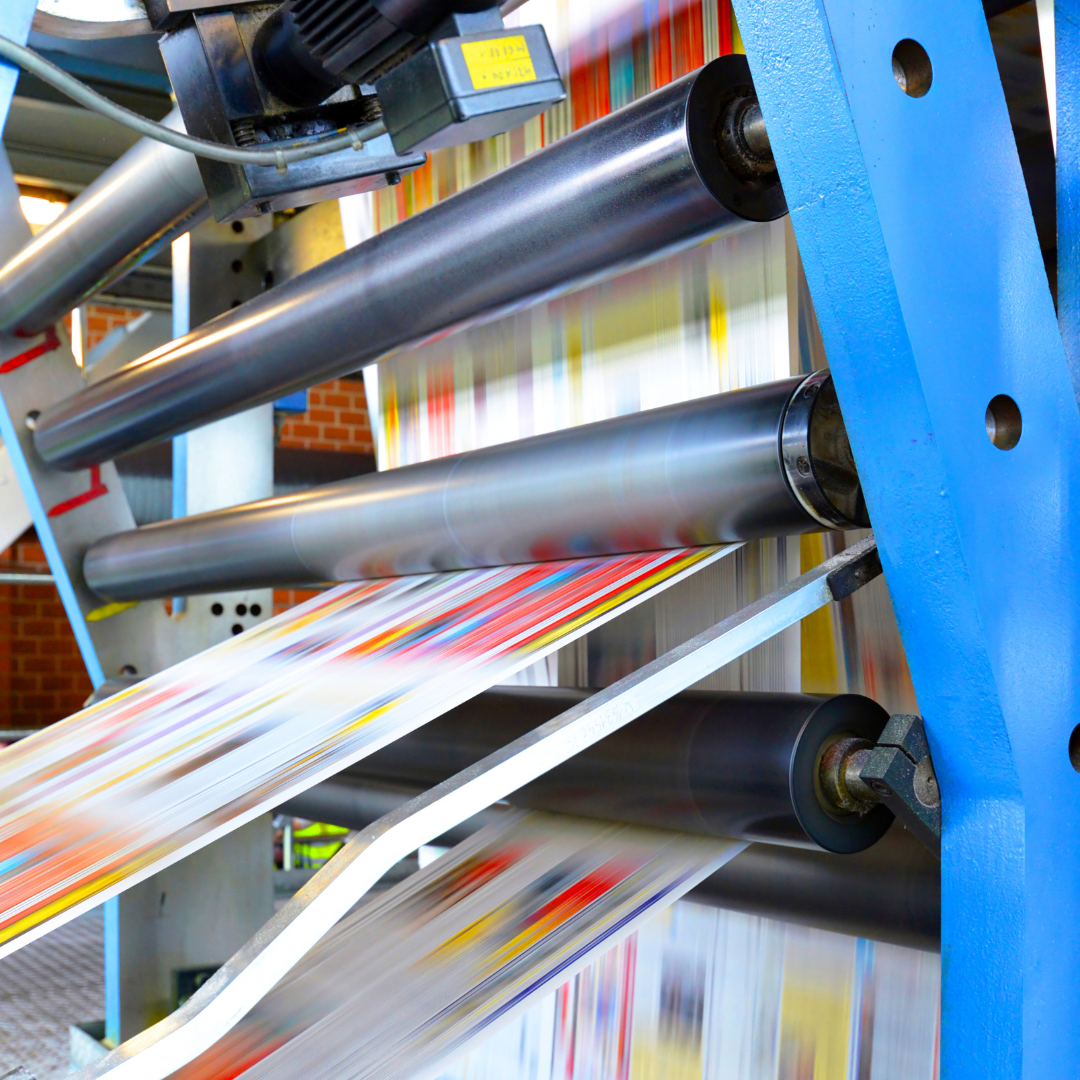Introduction
In today’s competitive market, large format digital printing has become an essential tool for businesses and individuals alike, allowing them to showcase their designs in a visually striking and cost-effective way. To make the most of your large format printing projects, it’s crucial to understand the best practices and techniques. In this blog post, we will explore the top 7 tips for achieving outstanding results with your large format digital prints.
Top 7 Tips for Large Format Digital Printing
Choose the Right Material
Selecting the appropriate material for your print project is essential for both durability and appearance. Popular options include vinyl, canvas, and paper, each with its own unique set of benefits. Make sure to consider factors such as weather resistance, mounting method, and intended usage to make an informed decision. For an in-depth look at materials for large format printing, read our blog Industrial-Grade Materials for Large Format Printing.
High-Resolution Images are a Must
To ensure a crisp and clear print, always use high-resolution images with a minimum of 150 DPI (dots per inch) for large format printing. The higher the DPI, the more detail your print will have. Utilize vector graphics for designs with sharp lines and avoid resizing low-resolution images, as this can lead to pixelation.
Optimize Color Management
Color management is a critical aspect of large format digital printing. Calibrate your monitor and work with a color profile that matches your printer to maintain color accuracy. Always use CMYK (cyan, magenta, yellow, and black) color mode for your designs, as most printers use this format for processing.
Design with Bleed and Safe Zones in Mind
When designing for large format prints, don’t forget to incorporate a bleed area and safe zones. The bleed area is an extra margin around your design, ensuring that no critical elements are cut off during the trimming process. Safe zones are the areas within your design where all essential content should be placed to avoid any potential cutting or folding issues.
Use the Right Software
Opt for professional design software like Adobe Illustrator, InDesign, or CorelDRAW for your large format printing projects. These programs provide advanced tools and features to help you create high-quality designs suitable for large-scale printing.
Test Print Before the Final Run
Before committing to a large print run, it’s always a good idea to conduct a test print. This allows you to make any necessary adjustments and ensure your design is print-ready. Check for color accuracy, text legibility, and image quality before proceeding with the final print.
Consult with a Professional Printer
Lastly, working closely with a professional large format digital printing company can help ensure the success of your project. They can provide valuable guidance on material selection, file preparation, and finishing options, as well as troubleshoot any potential issues.
Conclusion
Large format digital printing can be a powerful way to showcase your designs and make a lasting impression. By following these top 7 tips, you can maximize the impact of your prints, boost productivity, and save money in the process. Remember, always choose the right material, use high-resolution images, optimize color management, design with bleed and safe zones, use the appropriate software, test print, and consult with a professional printer for the best results.

